It must be tough naming cars. You have a whole history of old names, some of which have been retired, and recycling one of them must feel a lot easier than coming up with something new. But if you choose a name for a car that customers don’t feel is worthy of that name, you’ll hear about it. Today we’re going to look at two cars a half a century apart with the same name, and pretty much the same mission.
I was worried yesterday about putting up a non-drivable car against one that’s ready to go. When I’ve done that in the past, the running and driving car invariably wins, unless the non-runner is something extraordinary. Apparently, a first-generation Honda Civic doesn’t cut it. The much newer Honda Fit absolutely clobbered it.
The ad for the Fit is gone, so the market must have felt the same. And I have to agree. I’m having crap luck with my own project cars recently, so the idea of taking on another makes me want to run in the other direction as well, as adorable as those old Civics are. Besides, I remember test-driving a Fit when they were new, and really liking it.
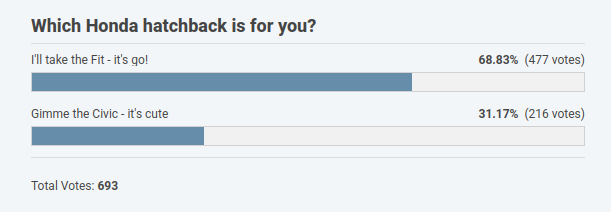
I remember back in the mid 1990s when a friend of mine who worked at a Chevrolet dealership told me excitedly, “They’re bringing back the Malibu!” Then I saw the car. No, they weren’t bringing back the Malibu; they were bringing back the Malibu name. But if you think about it, the purpose of the 1970s Chevy Malibu was very much the same as the 1990s one: basic, honest transportation for four or five people and some stuff in the trunk. Yes, some of the old ones had big engines, and others had big engines installed in them after the fact, but that wasn’t really the point of the car. It was meant to be a simple workhorse.
That’s why when Dodge brought back the Dart nameplate for 2013, I didn’t get riled up about it like some people did. You can’t get upset about the new Dart (or Malibu) not being rear-wheel-drive with a V8 and a straight axle, because no cars are like that anymore. Technology moves on, but the primary mission of the car remains the same. So let’s check out a 60s Dart, and then one from nearly fifty years later, and see just how similar, and how different, they really are.
1964 Dodge Dart 270 – $3,000

Engine/drivetrain: 225 cubic inch OHV inline 6, three-speed automatic, RWD
Location: Sacramento, CA
Odometer reading: 54,000 miles (probably rolled over)
Operational status: Runs and drives well
The Dart name was first used in 1960, on the cheapest version of Dodge’s full-size line. In 1962, it got smaller, then in 1963 smaller again, sharing its platform with the Plymouth Valiant. The two cars would get more and more similar from that point forward, until the final 1976 models were basically identical except for the grille. But back in 1964, the Dart and Valiant had distinct personalities and styling. This is the Dart 270, the mid-tier model.
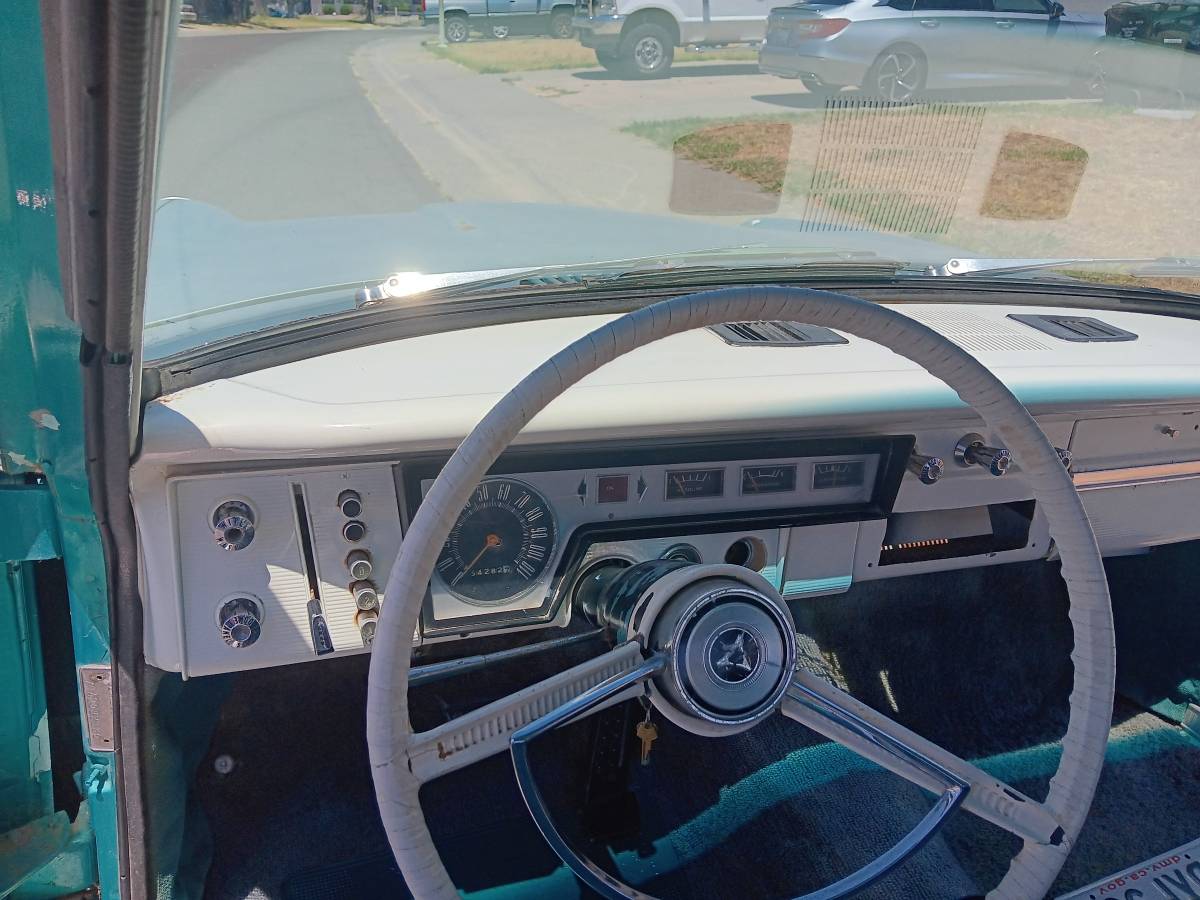
The fabled Slant Six was part of the Dart recipe from the beginning. In 1964, both 170 and 225 cubic inch versions were available; I’m making an educated guess that this one is the 225, since the ad doesn’t specify. It’s backed by Chrysler’s excellent Torqueflite automatic, with pushbutton controls. You can see the buttons on the left side of the dash in the photo above. The pushbutton system was cable-operated, which I didn’t realize until I started researching it. I always assumed it was vacuum-controlled. This car runs and drives well, and has current registration.
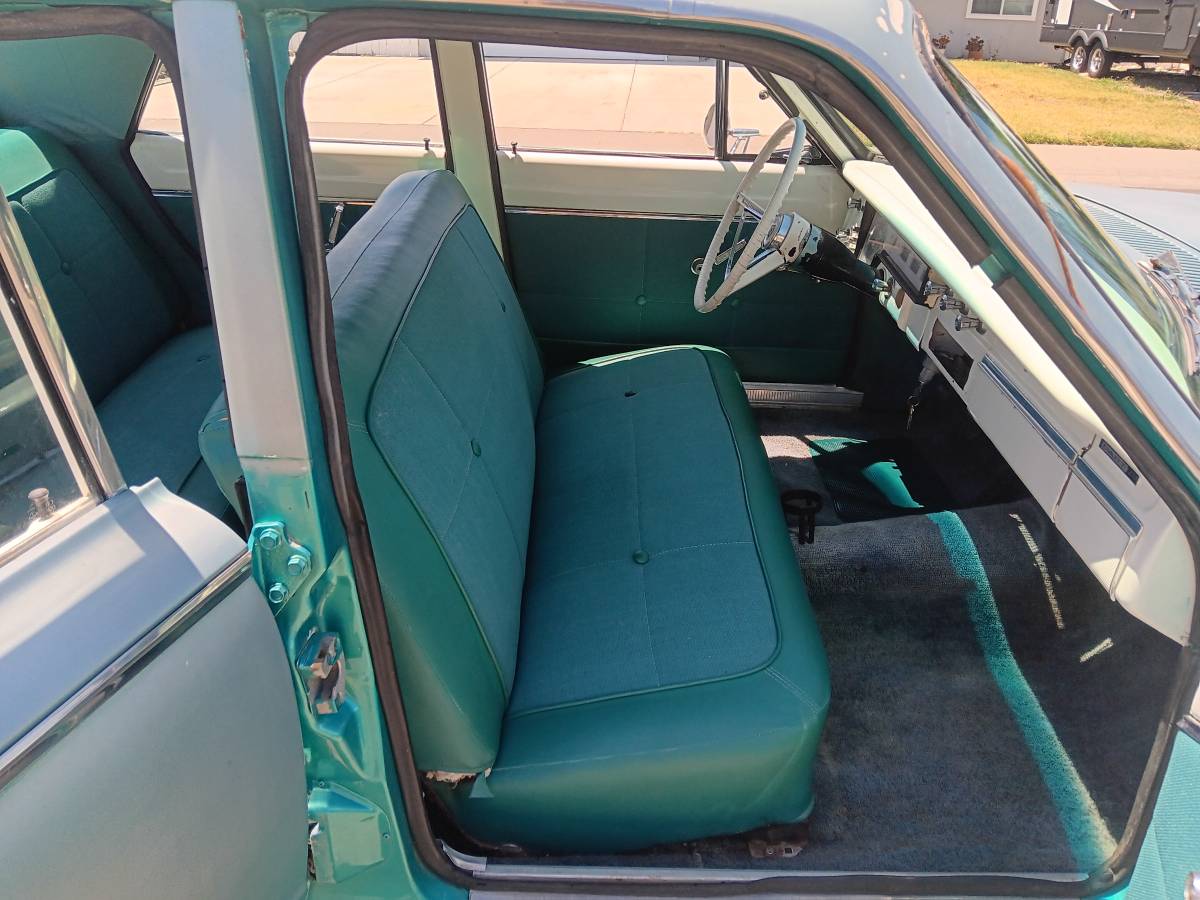
It’s amazing how simple these old interiors are compared to modern cars: a long straight bench seat, no seatbelts, and thanks to the pushbutton transmission, not even a shift lever to get in the way. It’s in good condition, though it’s impossible to say how much of it is original, or how many times it’s been redone over the years.

Outside, it’s straight, but very faded. So faded, in fact, that it’s a totally different color on one side than it is on the other. You can see the original color in the door jambs in the photo above. There is a little rust here and there, but it looks like it’s just surface rust. The paint is beyond saving, so your options are a repaint, or live with it as-is and embrace the patina.
2013 Dodge Dart SXT – $3,500
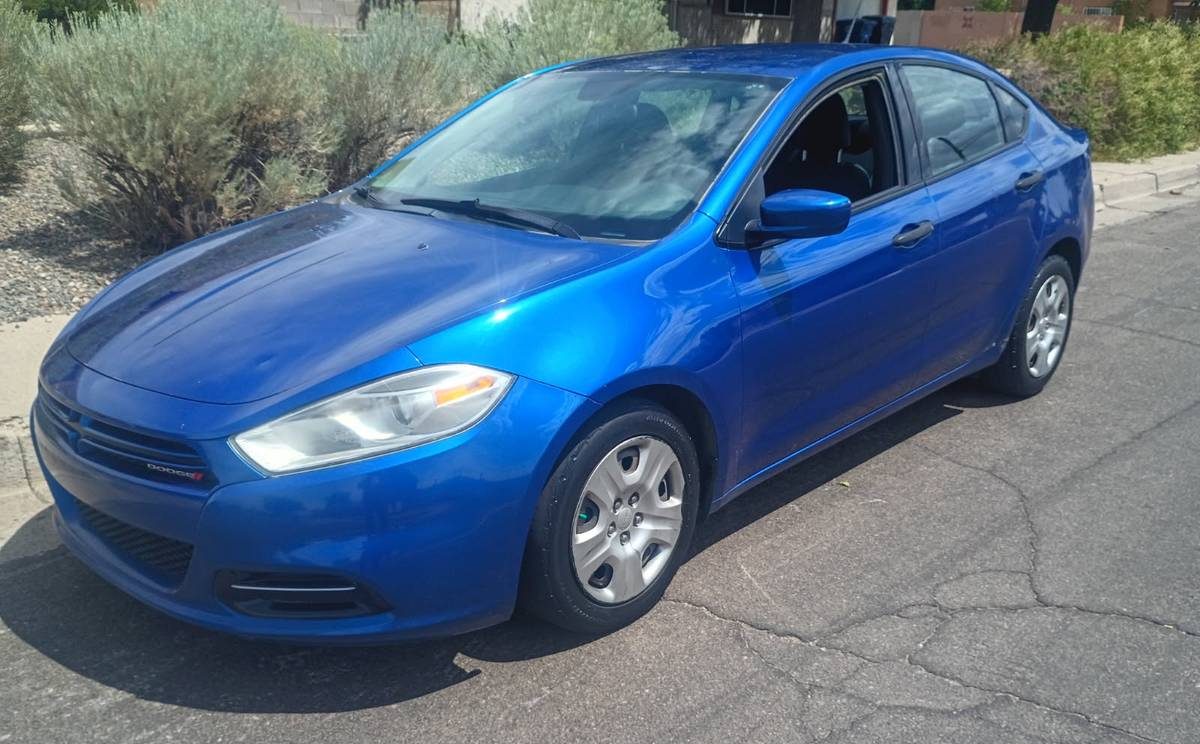
Engine/drivetrain: 2.0-liter DOHC inline 4, six-speed automatic, FWD
Location: Albuquerque, NM
Odometer reading: 101,000 miles
Operational status: Runs and drives well
The Dart gave way to the Aspen, which was followed by the Aries, then the Spirit, then the Stratus, then the Avenger, and then back to Dart again. Apparently Dodge can only make small sedans that start with A, S, or D. The new Dart was one of the first models introduced after Fiat bought Chrysler, and in some markets it was even sold as a Fiat. Despite its European connection, the Dart was built in Chrysler’s Belvidere assembly plant in Illinois – meaning this Dart and the one above could possibly have come from the same factory.

The Dart was available with a couple of different engines; this one has Chrysler’s version of the Global Engine Alliance four-cylinder, displacing 2.0 liters. You could get it with a manual or an automatic, both with six forward gears. Here’s where you’re probably hoping I tell you this one has the manual, but alas, no. The seller says it runs and drives great, though, and it only has 101,000 miles on it.
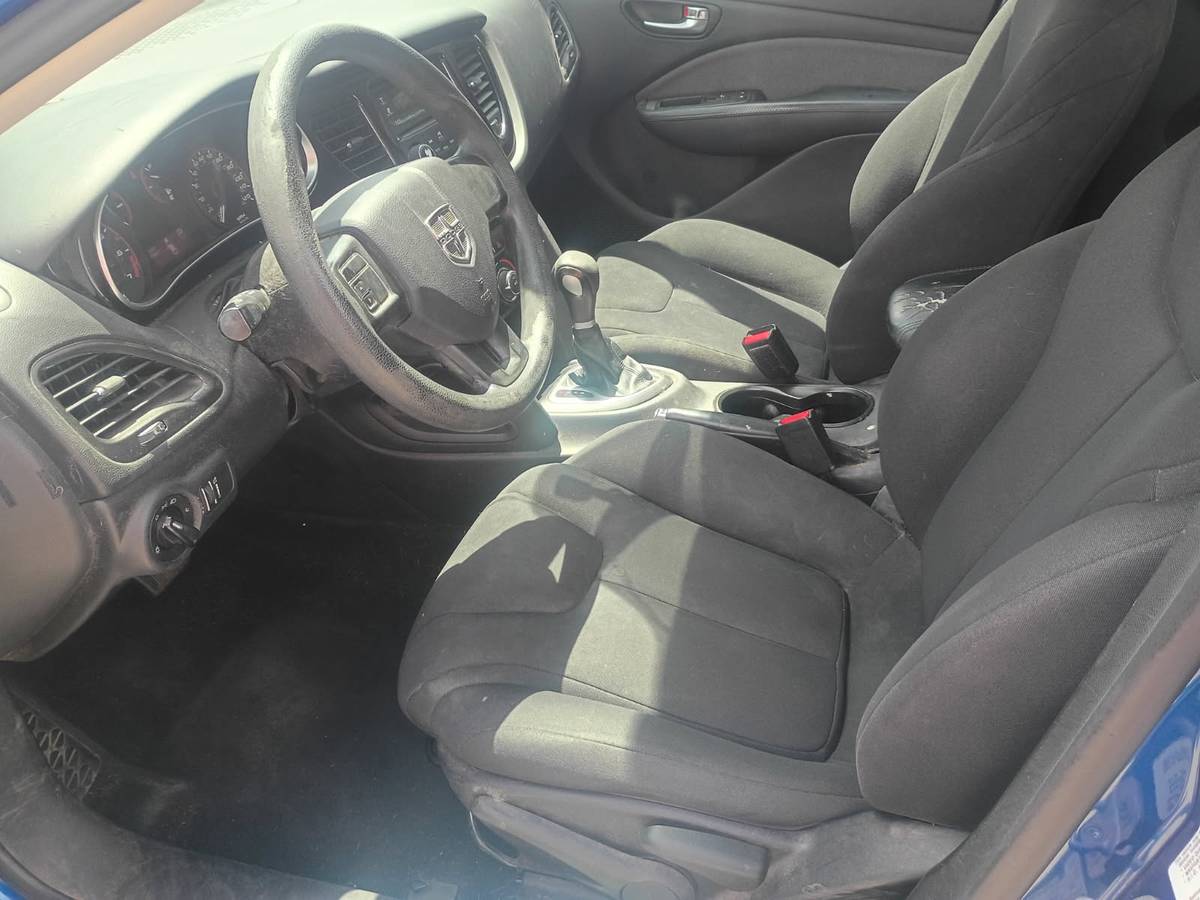
This is the SXT model, which was Dodge’s “base model with some extra stuff” trim level for years. Might still be, actually. It has all the stuff you’d want anyway, so there’s not really any reason to go for the GT model unless you want the bigger engine. It’s in good condition, but it looks like it might need a little cleaning. Maybe you can use that as a negotiating point.

It’s a great color; Dodge offered some good ones for the Dart, as should always be the case for inexpensive cars. The low end of the market is no place for subdued earth tones. I see a couple of dents in the hood in one photo, which might be hail damage, but if so, it’s minor and probably ignorable. Apart from that, it looks great, and again, you can use any flaws you do find to talk down the price.
There you have it: two Darts from two different decades. They share nothing but the name and seem completely different, but are they really? They’re both compact four-door sedans, with basic, reliable drivetrains and some cool (for the time) features. The only difference is fifty years of technological advances. So do they make ’em like they used to? Or do they make ’em better? I leave that up to you.
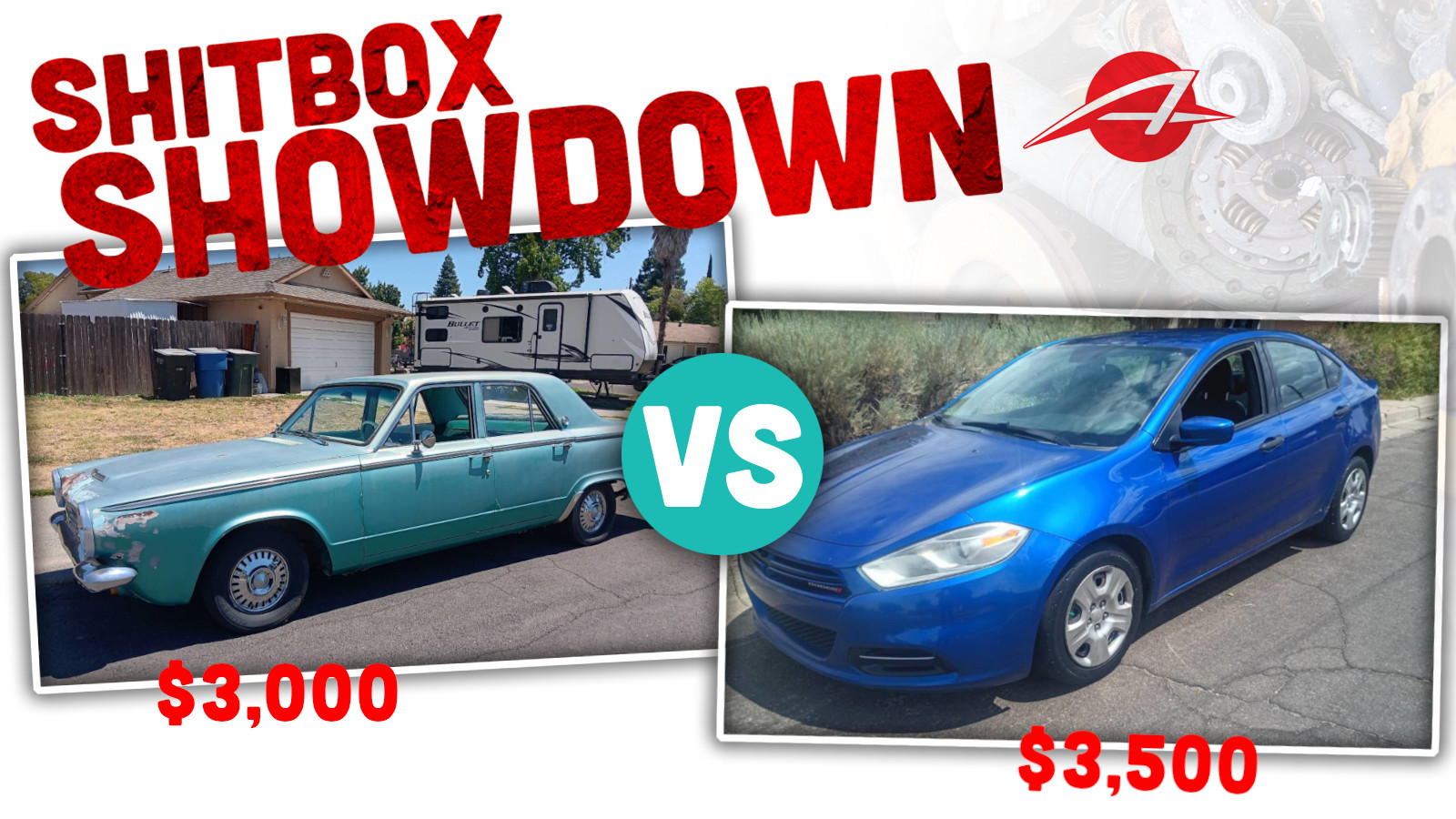





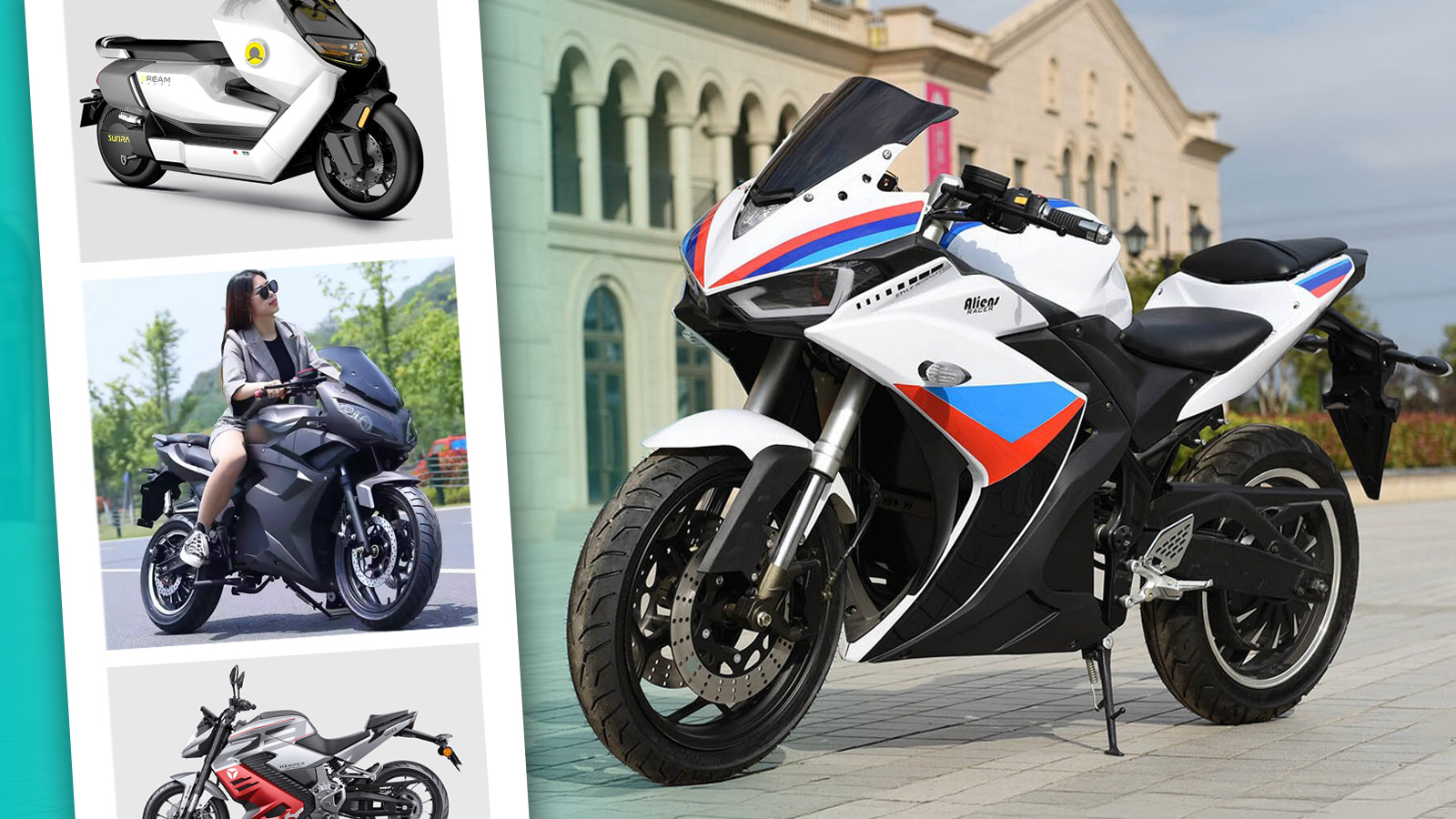
Brilliant comparison!
I had a 64 Dart GT as one of my first cars back in the early 90s. It was a beater given to me by my grandfather. Leaning Tower of Power and the Push Button A904. She was a looker, but rough mechanically. I didn’t even make it out of the driveway on my first attempt to bring it home as it was puking ATF all over the driveway. So, I crawled under the car in a puddle of ATF, trimmed the busted line, and re-flared it a couple times before I got it right. This was before I knew anything about cars or wrenching in general, so I was already in over my head. On my second attempt to go home, I found out all the tires were rotten and one let go before I made it to the freeway. So four new tires that I couldn’t really afford, then I went home.
A year or so later a motor mount broke (which I didn’t know that was a thing at the time) causing the exhaust pipe to constantly rip itself off the manifold. I had it welded a couple times, but it kept coming apart and I needed a car for work, so I traded it to the guy that did the welding for a 74 Camaro, which was in the opposite shape. That Camaro looked ready for the crusher. But the motor stayed put and so it was “reliable”. I like to think that if I had known a little more about cars back then I’d still have that Dart today.
As Mark says both of these cars are basically appliances. One gives you “street cred” as a “cool dude”, but really it’s vastly inferior to its more modern counterpart. Too bad neither are sticks, but I’ve got to go with the front-driver.
I like the simple honesty of both these cars. What features do you truly “need” in your daily commuter/family car? Base models get no respect, but they get the job done while eating up less of your precious cash. I voted for the 1964 because I want to help keep it on the road for another 60 years.
Just messaged the seller of the 64 dart. So you know where my money is.
Nice, let us know if you get it!
Are you in the Sacto area?
Good choice. Just check the nose for bondo.
Yes! Be an Autopian hero, BB 2 wheels + 4!
Contacted the seller, but wasn’t able to see the car yesterday and now traveling for the next week. If its still available next week, I will be checking it out with some cash in my pocket. I can only hope to be an autopian hero!
Today’s showdown is like comparing apples to chickens. I doubt anyone is cross shopping a 2013 Dart with a ’64 Dart. I’ll try to meaningfully compare them, though.
The 2013 is a decent choice for someone that needs a transportation appliance. It is relatively modern and in decent condition. It is boring and kind of ugly, though. On a highly subjective and arbitrary scale ranking how well this car achieves its intended purposes (i.e. cheap transportation), I would give it a 7 out of 10. It is a solid deal, but not great.
The ’64 is a great choice for someone that wants an interesting classic car for little money. The interior looks great, whether it is original or not. The body is straight and has minimal rust. These things are reliable and easy to repair. Plus, this car will never be worth a lot of money, so a prospective buyer can customize it however they want (or daily drive it) without lowering its value. On the same highly subjective scale ranking how well this car achieves its intended purpose (i.e. budget-friendly cool classic), I would give this a 9 out of 10. For that reason, it is the better choice.
Any old vs new comparison really comes down to your mission.
If you need basic semi reliable transportation, a newer car is usually going to be safer, more efficient, and more reliable. Old cars may be easier to fix because they are simpler, but what is considered poor reliability today is still better than what was considered good previously.
If your mission is interesting project or toy, an old economy car is going to be more interesting than a new economy car that you see every day.
For today, I’ll take the old one. But if the right “new” Dart came along, I might consider it for the right price. They’ve depreciated down so fast it would hard not to- even though we know there is questionable build quality, it is a very fun car to drive (with a stick).
I would have the old Dart painted exactly like what’s in the doorjambs, and it would be easier to wrench than an old Montgomery Wards lawn mower.
I actually like the gen4 Dart better than the gen3, but if the 64 was a 2-door it would have won me over. I’m in the minority today and voted for the one with AC and seatbelts.
Both could be added, but it would probably be lap belts only.
This gen Dart is one of the good things from the sixties.
And I like when things is good.
Ill buy that 64 in a heartbeat! Who wants to drive it cross country?
I would love to have the old one, but the new one looks like a really good deal. Also aircon.
I’ll take the 64, and blast Boys in Da Hood unironically because the lyrics match.
The old one is kinda interesting, but I can’t say that I’d like to wheel around in it. I’d take the newer one and roll it everywhere I wouldn’t want to take one of our better vehicles….airport parking lots, malls, salty crappy roads, days that it might hail (already has that damage anyway) you get the picture.
One of my friends in High School had a ‘64 Dart and that would be the car to have if a Nuke dropped.It was basic and boring but that car was brutalized more times than anyone could imagine and never broke a sweat.The old Dart is the clear choice.
The old one because it’s better.
Lap belts should be a matter of screwing them in.
IIRC at this point (1964) the Dart was a 111″ wheelbase vs. 108′ for the Valiant.
If it didn’t come with belts from the factory there would be no anchor points. However if you can find a later model at an auto wreckers you could remove the mounting points and weld them in – I’ve done this in the past.
That’s good, they’ll keep your corpse inside the crushed wreck until the meatwagon shows up.
It’s always important to have a good looking corpse.
I thought the 1964 had front seat belt mount points by default.
It has been 40 odd years since I slid under one though and that’s in Canada.
My 1960 Valiant had none and in the rear an elbow would release the door lever. Occupant retention was not a big thing then. (-:
The best thing about the new dodge dart was when Freiburger and Finnegan dropped one from a helicopter as a gag on the 100th episode of roadkill.
I don’t think I could abide not having a seat belt.
cheap and easy addition!
But, the result would be more like “safety theater” than actual safety.
The old version, easily.
The advantage classic cars have is that they don’t need to be good cars; they just need to be interesting. The modern Dart isn’t interesting, and it isn’t a good car when compared to other contemporary options. It is cheap, though.
The original did it better. The new one was always meant to be a CUV. I’ll take the Cherokee instead. That can at least go off road down a fire path. Source: https://en.m.wikipedia.org/wiki/Fiat_Compact_platform
My father had a Dodge Dart. I don’t recall the year, but I do remember that it was dark green. I have fond memories of riding in it when the family moved from Missouri to Connecticut in the early 80s. So nostalgia wins today.
Have to go with the old one, because Slantie.
I know from personal experience that those engines will take anything short of a direct meteor strike and keep on keeping on. Never heard anything bad about the automatics (I drove a three-on-tree) and guess they are equally long-lasting. The only real worry is rust: Chrysler products of that era rusted like crazy.
I’d thrown a low-buck paint job at the old Dart and drive. And drive. And drive.
Slant 6 ftw!
Not my Favorite Mopar design, but not the worst either. the newer one is probably more useful and will get used more for putzing around town, but I would still rather have the 64.
I’ve already got a project that’s way more interesting to me than the old Dart, so today I’m going with the modern one.
I’ll take the OG. It feels like Stickshifts & Safety Belts epitomized, complete with being in Sacramento.
An old man sits collecting Darts in a room that smells like grease and farts
He saves what others throw away
He swears that he’ll be Torch someday!
Stickshifts and Safety Belts came to mind immediately for me as well.